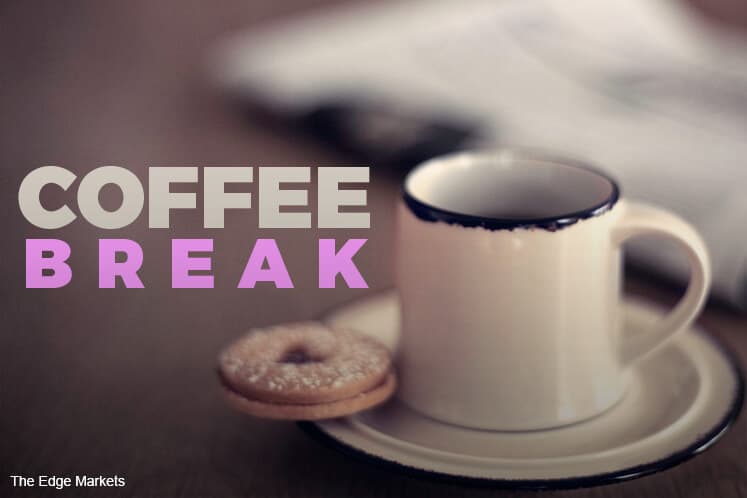
This article first appeared in Capital, The Edge Malaysia Weekly on June 19, 2017 - June 25, 2017
HI, it’s me again, Fung Fung, the 18-year-old who has never posted a letter to friends (collecting stamps is certainly not my hobby!) but I post at least 10 pictures a day on FB, and of course, Instagram and Snapchat.
A picture is worth a thousand words, right? We millennials know the most efficient way to communicate ;)
All right, time to check my Snapchat. My childhood friend Aik Swan uploaded a picture of a RM100 note. Why the banknote?
Beep, beep! A message from her asking me out for coffee. Yes, Aik Swan is as pretty as a swan, certainly no ugly duckling. She always scores high marks in exams.
She has been quite depressed lately. Her parents recently told her that they could not afford to send her to study in the US. Why? The weak ringgit! She wants to study neurology.
That’s not a rare scenario among our friends. It is true that we can always study in local universities. But wouldn’t it be better if we millennials could decide whether we want to further our studies locally or abroad, especially those who intend to specialise in the medical sciences, robotics and technology, or building an aircraft?
Apart from setting up the Digital Free Trade Zone, Prime Minister Datuk Seri Najib Razak wants to develop the high-end manufacturing industry.
If millennials cannot have access to better education, how are we going to contribute to Transformasi Nasional (TN50), a plan I believe is tailor-made by the prime minister for the millennial generation?
As more smart millennials, like Aik Swan, are facing the same problem, that could mean Malaysia may soon have a smaller pool of talent. Oh no! But, but, would that mean Malaysia won’t have a brain drain problem with the millennial generation. This is good for the country, isn’t it? No?
When I was born in 1999, the ringgit was 3.80 against the US dollar. The per capita income was RM12,305 then. It has tripled to RM37,738 over 18 years, and according to the government, Malaysia is not that far off from becoming a high-income nation. But the ringgit is even lower now at 4.26 against the US dollar. What happened?
Perhaps Malaysia is unique. I can’t find an answer to this in my 101 Economics textbook.
Grandma always tells me how good it was when the ringgit was on a par with the Singapore dollar, before I was born. And Auntie Joy tells me that the Australian dollar was only RM1.80 when she was studying in Melbourne. Whenever they retell these grandmother tales, it’s not that I doubt them, it’s just that I can’t imagine it because we millennials have never had the chance to enjoy a strong ringgit as yet. We do hope we will have a chance to in the future.
My year-end family trip to Universal Studio in Singapore (and not Osaka) last year was cancelled. Why? The weak ringgit! Just crossing the narrow strait, money in Malaysians’ pockets shrinks by two-thirds, although we have oil and they don’t. It’s hard to understand! May be I should be paying more attention in Economics class.
My classmate Ben complains to me that nowadays, shopping in Bangkok requires mathematics skill. It is more difficult to convert currency prices. When he was a kid, it was RM1 to 10 baht, but now, a ringgit only gets you 7.95 baht.
Grandma also complains about groceries getting more expensive these days. Just the other day, she told us to eat pineapples instead of apples. Why? The weak ringgit! Soon, she may need to have kangkung for dinner more often.
Perhaps, I shouldn’t complain too much since my family has food on the table every day, which is a luxury for many in Third World countries.
But should we compare ourselves to such countries since the government says we are not that far from achieving high-income status?
Disclaimer: This is neither a commentary nor criticism. The writer is not responsible for readers’ assumptions. So, don’t take it seriously!
Save by subscribing to us for your print and/or digital copy.
P/S: The Edge is also available on Apple's AppStore and Androids' Google Play.